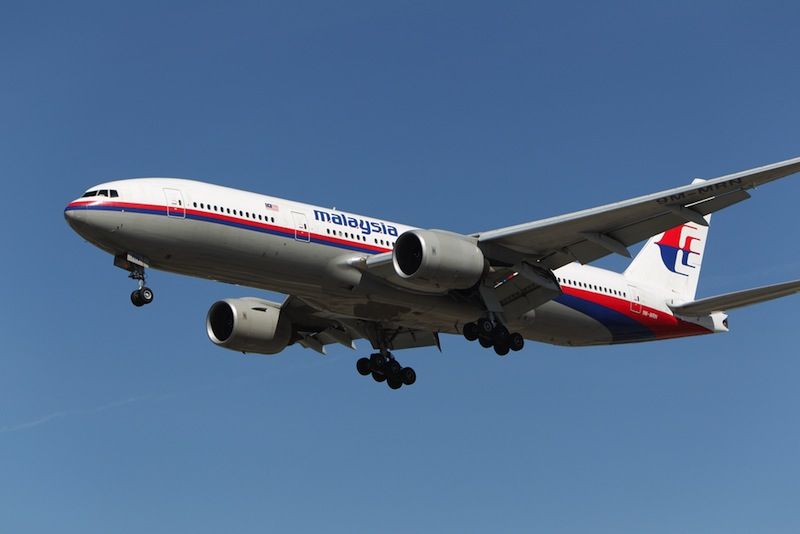Authorities Reject Claim That Flight 370 Wreckage Could Be in Bay of Bengal

Updated Wednesday, April 30, at 10:30 a.m. ET.
Authorities involved in the search for Malaysia Airlines Flight 370 have rejected an Australian company's claims that it detected something that could be wreckage from the aircraft in the Bay of Bengal, thousands of miles from the present search area, according to Sky News.
Adelaide-based company GeoResonance said in a statement that the possible wreckage is located about 120 miles (190 kilometers) south of Bangladesh, at a depth of approximately 3,300 to 3,600 feet (1,000 to 1,100 m). But Australia's Joint Agency Coordination Centre said the location reported by GeoResonance is not within the search arc determined by satellite and other data.
"The joint international team is satisfied that the final resting place of the missing aircraft is in the southerly portion of the search arc," the JACC said, according to CNN.
GeoResonance used scanning technology to scour large areas of seafloor for signs of metals or minerals that could be from a Boeing 777, such as aluminum, titanium, copper, steel alloys, jet fuel residue and other materials. The company claims it detected an "anomaly" containing many of these materials in the shape of an aircraft. [Facts About Flight 370: Passengers, Crew & Aircraft]
The technology, which is normally used for mining or locating submerged ships or structures, looks for super-weak electromagnetic fields detected in multispectral images captured from the air.
The company started its search before the search area moved to the Southern Indian Ocean, where pings consistent with an airplane's black box were heard. It found the anomaly in images captured on March 10, 2014, two days after flight MH370 went missing. A comparison with imagery taken March 5 suggested the anomaly appeared between March 5 and 10.
Sign up for the Live Science daily newsletter now
Get the world’s most fascinating discoveries delivered straight to your inbox.
GeoResonance said it passed on the approximate location of the anomaly to the Malaysian and Chinese Embassies in Canberra, Australia on March 31, long before the black box batteries would have died. The company was "surprised by the lack of response from the various authorities," the statement said.
The search for the missing aircraft continues in the Southern Indian Ocean. The Bluefin-21 submersible has wrapped up its search without any signs of the plane, so side scan sonar equipment towed behind ships will be used to search a larger area of the seafloor, Australian prime minister Tony Abbott said in a press conference in Canberra, Australia, on April 28.
"This is probably the most difficult search in human history," he said. "We owe it to the families of all on board [flight MH370], we owe it to the wider traveling public to do everything we reasonably can to get to the bottom of this mystery," he said.
Editor's Note: This article was updated at 10:30 a.m. ET April 30, to note that authorities have rejected an Australian company's claims to have found possible wreckage in the Bay of Bengal.
Follow Tanya Lewis on Twitter and Google+. Follow us @livescience, Facebook & Google+. Original article on Live Science.











